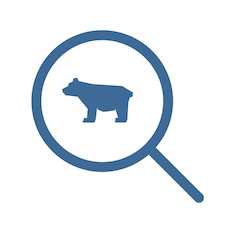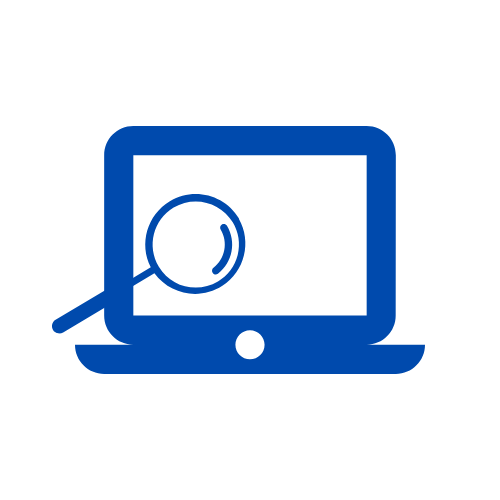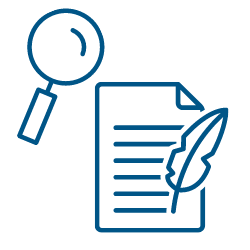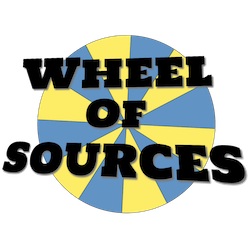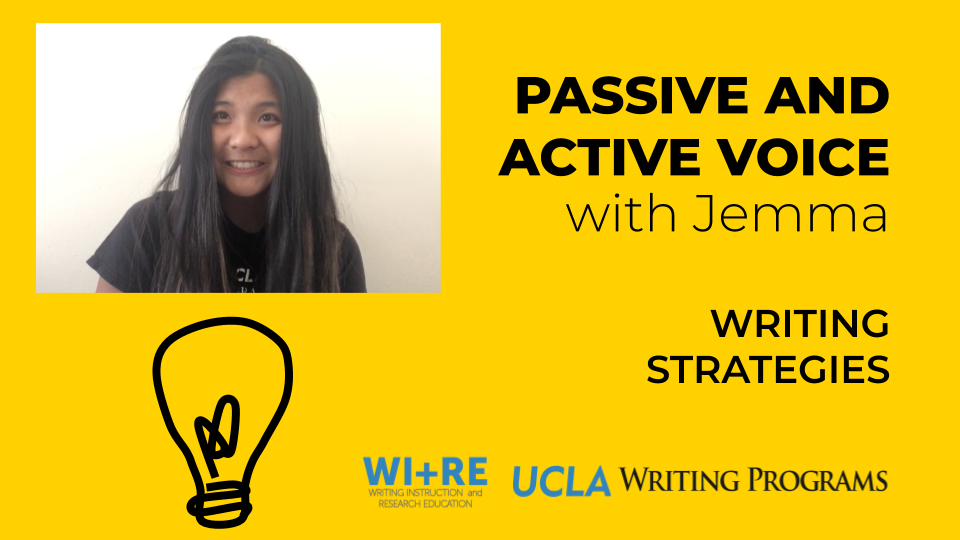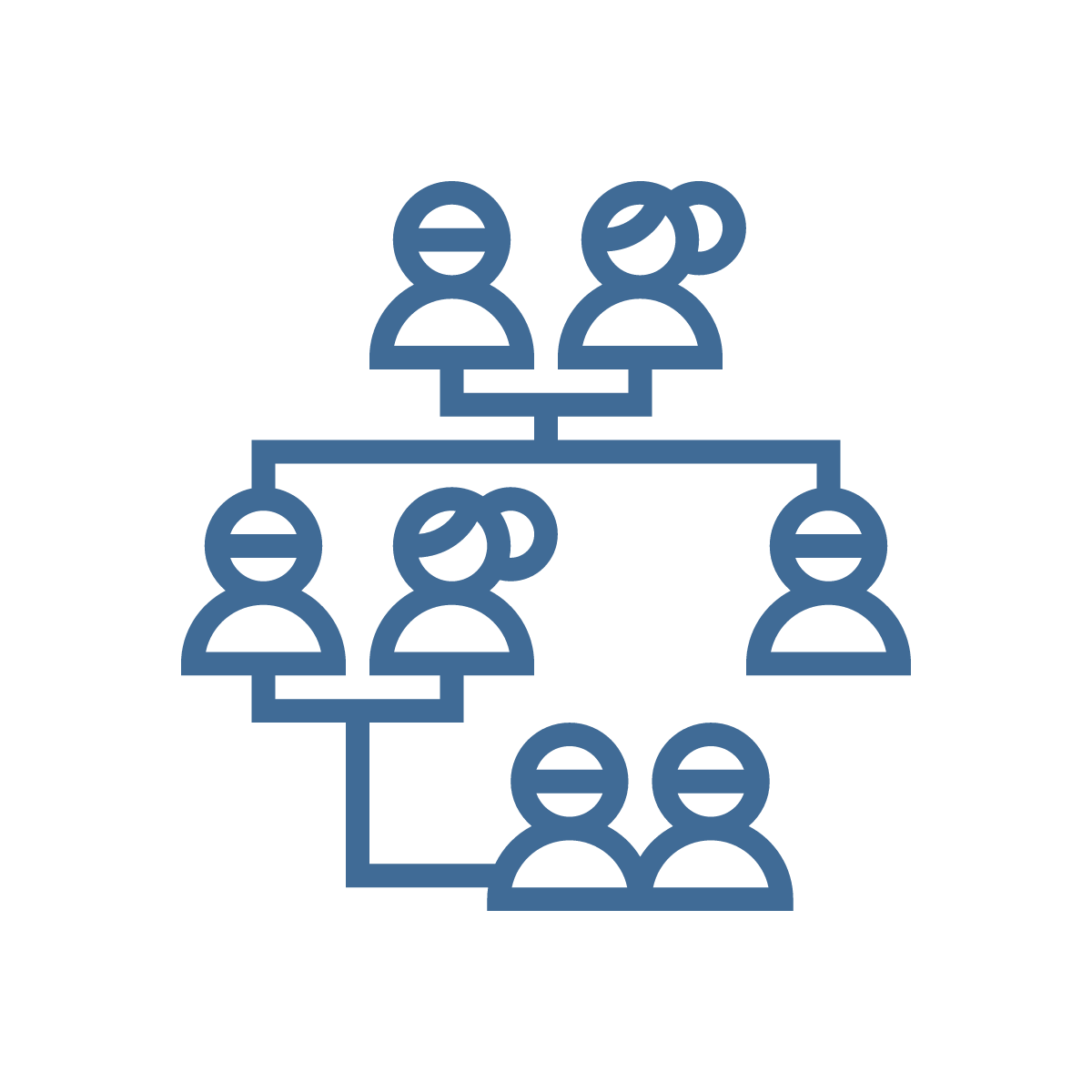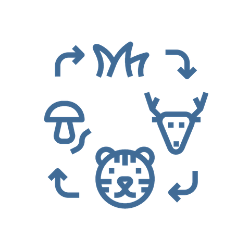Getting Started with Research
Struggling to find remote research opportunities at UCLA? Try these tips!
Interested in research but can't find any opportunities? Look no further! Check out these quick strategies for getting started with research!
It can be daunting to realize that you may not know what you are interested in, but don't worry! Check out this video for a number of ways to find out your interests.
Stuck on how to email a faculty member regarding interest in research? No worries, this tutorial covers the basics and essentials to emailing faculty to help get you into the lab of interest!
Meet five UCLA Undergraduate students as they explain their unique research journeys. Anyone can do research, and UCLA has the resources to help you get started today!
Find definitions and examples for commonly used words in research and academics!
Break down your assigment and stay on top of deadlines with this useful planner!! Writing for the Undergraduate Science Journal? We have a planner for that, too!
Before you search, start by brainstorming a list of questions.
Finding and Citing Sources
Take a closer look at the new discover tool, UC Library Search!
In this module, we will explore how the value, relevance, authority, and accuracy of an information source is influenced by its category and its type.
In this module, we will investigate the role your positionalities play in the research process as well as how to identify the reliability, validity, and usefulness of a given source.
An interactive tutorial in an engaging comic format about lateral reading - a research technique for evaluating online information by examining sources, analyzing evidence, and cross-referencing claims. Learners are guided through practical steps for critically assessing information sources, with special emphasis on information related to health and nutrition.
This interactive comic is your introduction to finding digital images at the UCLA Library and beyond!
Configure your Mac, Windows, or Chromebook computer with VPN or Proxy to access the library's many resources.
Find the guide that's right for you! UCLA Library staff have put together hundreds of guides for hundreds of subjects, courses, and special topics.
Improve the effectiveness of your searches by generating a variety of keywords.
Learn how to access the UCLA Digital Library (DL), the different kinds of materials available through the DL, and how to familiarize yourself with and search through the collections using the DL homepage.
Language changes over time and groups of people may refer to the same thing using different words. Learn how to use a variety of keywords when searching for resources!
Discover useful features of Google Scholar to help you find exactly what you're looking for.
Learn how to make the most of the new PubMed's Advanced Search Builder!
Rather than trying to construct one perfect search, plan on trying several experimental searches.
Move past your initial search to expand your perspectives on your topic.
How to tell the difference between primary and secondary sources.
Writing Strategies
This fillable Google Doc will help you break down a prompt into its main tasks and requirements, list helpful resources, and start brainstorming ideas!
Primary Source Analysis is an interactive tutorial that walks learners through a five step process of researching a primary source. Test your skills with example documents from UCLA Special Collections!
Feeling stuck in your writing process? In this choose-your-own-adventure tutorial, you'll learn how to identify types of writer's block and discuss strategies for each so you can get back in your writing groove.
An interactive tutorial introducing basic concepts of film analysis and having learners practice applying them on video clips. This tutorial is arranged around the following 4 overarching questions: What is put in front of the camera? From what perspective are the objects and people shown? How are they put together for viewers? How is the story told?
Annotated Bibliographies is a webcomic tutorial that walks learners through what annotated bibliographies are, why they're important, and the kind of annotated bibliographies they might be asked by their instructor to make.
A straightforward and resourcefull tutorial on how to begin the process of writing a thesis statement for an essay. Learn what makes an effective thesis and the requisite steps on how to get there!
Students from the UCLA Undergraduate Writing Center give their top writing tips! This one is all about writing effective topic sentences.
Need to finish off that essay? Learn top tips on conclusion paragraphs from the UCLA Undergraduate Writing Center!
Want to improve your academic writing? Complete this interactive activity to take your writing to the next level.
Learn about passive and active voice from Jemma, a Peer Learning Facilitator at the UCLA Undergraduate Writing Center.
Tips for contacting instructors over email and in-person.
Literature Reviews
Review articles give you an efficient way to get an overview of a body of research on your topic.
Sharing Your Research
An elevator speech is a great way to introduce yourself and your research to a wide range of audiences.
A research abstract is a snapshot of your research project that concisely presents your research and its significance.
Reading Strategies
A set of 6 steps to help you read, analyze, and understand the narrative of scientific papers.
The way you read will vary depending on what you are reading and what you need to get out of the reading! This resource provides a bank of quick and...
Breaking Down Academic Articles is a webcomic tutorial that walks you through the most important aspects of an academic article, to help you prepare for class discussion on the article(s) or take away essential information from the article to support future research.
Inclusive Research Strategies
This resource introduces learners to the concept of positionality, explains how their positionality shapes their research process, and helps them identify ways to remain aware of their positionality.
Data Literacy
In this interactive tutorial, you will learn about the role of data in humanities research.
This interactive webcomic marks the first of our WI+RE Data Literacy Suite. Intro to Data Literacy introduces learners to a variety of ways different academic disciplines conduct data research!
Student Success
Timed exams often test your ability to think and write quickly, manage your time, dissect a question, and more. This tutorial will offer tips to help you strategize for your next timed exam!
Remote Study Strategies: The Pomodoro Technique is an interactive tutorial that walks learners through the Pomodoro Technique, a productivity strategy that is useful for studying! This tutorial goes over the methodology of the Pomodoro Technique, and includes tips from our team to help optimize your studying experience!
Set achievable academic goals with SMART and WI+RE's goal organizer!
People are always talking about how important it is to network. But what is networking, and how do you do it? Look no further than WI+RE's Guide to Networking!
In this tutorial, learn the best way to maximize your learning by taking notes that actually help you absorb and study new information!
In this tutorial, you will learn how to build a resume, CV, and cover letter. You will learn to structure your skills and have a bigger idea of the fundamental points to tackle when demonstrating your abilities.
Learn better planning and organization skills with Notion!
An interactive tutorial with the options to learn about the basics of generative AI, their limitations in an academic context, and possible collaborations with the AI tool ChatGPT. Tutorial includes examples, videos, and questions to help gain a better understanding of ChatGPT.
An in-depth tutorial on how to navigate your emotions and come back stronger when you realize you need to retake a course.
STEM Tutorials
Calculating Species Diversity is an interactive tutorial that walks learners through the different kinds of species diversity. This tutorial is designed to give learners an adequete background on the different types of species diversity and the factors that affect them!
This interactive video will help you learn the different parts of the DNA replication mechanism!
Using Simpson's Diversity Index is an interactive tutorial that walks learners through a method of calculating biodiversity. This tutorial is designed to give learners an adequete background on the Simpson's Diversity Index equation, the meaning behind the index value, and the factors that affect it!
Electron Configurations is an interactive tutorial designed to give learners an adequete background on orbitals and electron configurations in Chemistry.
An interactive tutorial on the two modes of Genetic Drift!
An interactive tutorial on how to know when a population is in Hardy-Weinberg Equilibrium!
Lesson Plans
The best way to understand and combat misinformation is to create a collaborative learning environment that gives participants opportunities to reflect, share, and explore together. Rather than provide a checklist or an authoritative overview our goal is to help you facilitate conversations within your community.




